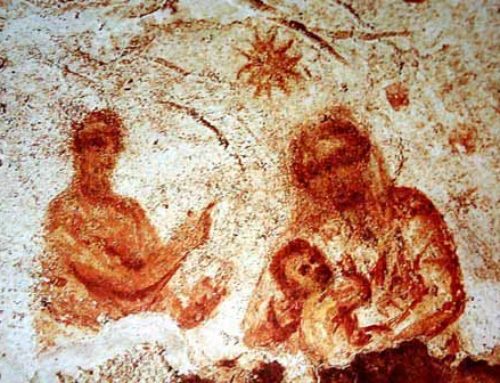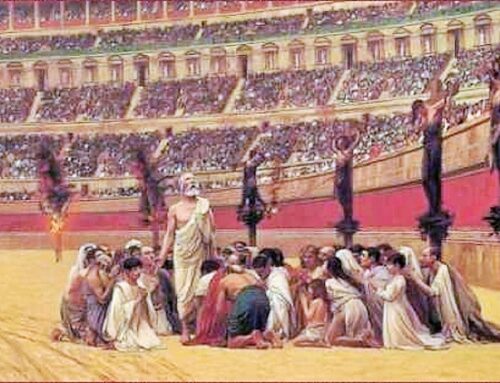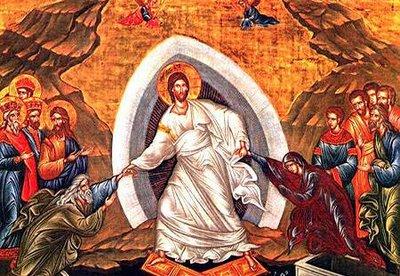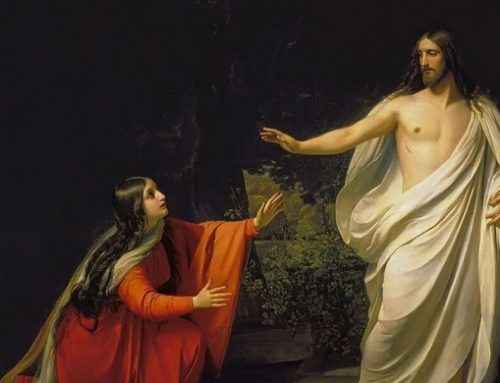Philip’s gospel consists of a document within Codex II which forms part of the Nag-Hammadi (NHC) collection of Coptic codices now kept in the Coptic Museum in Cairo. It certainly does not have anything to do with the “Gospel of St. Philip” mentioned by St. Epiphaneus who said it was used by some Egyptian heretics, or with what other ecclesiastical writers claimed to belong to the Manicheans.
The Nag-Hammadi document (NHC II 51 29–86, 19) carries the title “The gospel according to Philip” in spite of the fact that it is not a gospel – it does not offer an account of the life of Jesus – and nor is it presented as a text written by Philip. In fact, the title was added sometime after its original composition, probably in Greek during the 3rd Century. This was probably done on the basis that this apostle was attributed with the (then) popular saying according to which Joseph the Carpenter made the cross from the trees that he had planted.
The document contains around one hundred ideas, some more developed than others, but without any common thread between them. Seventeen of these are claimed to have been said by Our Lord, of which nine are to be found in the canonical gospels while the remaining eight are new. Mostly, they refer to paragraphs that have been obtained from earlier sources that were either homily based or catechetical.
Although these ideas reflect a particular Gnostic doctrine, they have some things in common with other Gnostic heresies such as that of the Valentinians. Thus,
a) The understanding of the celestial world (Pleroma) formed by pairs: the Father and the Higher Sophia, Christ and the Holy Spirit – this last understood to be female, and the Saviour and the Lower Sophia from whom proceeds the material world;
b) The distinction between the various Christs among whom is numbered Jesus in his earthly apparition;
c) the understanding of salvation as a union in this world between the soul (the female element in man) and the angel from Pleroma (the masculine element);
d) the distinction between spiritual men (pneumatics) who achieve that union and the psychic and “hylic”, or material ones, for whom it is impossible.
One of the most frequent reasons for which attention is paid to this “gospel” is what it has to say about Jesus and Mary Magdalene. She is presented as Christ’s companion.
She is said “to have kissed Our Lord on many occasions (on the mouth)” because she loved Him more than all the disciples.
What appears at first sight to be expressions with an erotic undertone are, in reality, meant to be signs that Mary Magdalene had already reached Gnostic perfection and had reached the light because Christ had granted it to her.
Something similar is meant when “the nuptial chamber” is described as a sacrament or, literally, a mystery which is the culmination of Baptism, the Anointing, the Eucharist and Redemption. The image of matrimony is used to symbolise the union of the soul and its angel in that sacrament of the “nuptial chamber”. This sacrament is presented in Philip’s gospel as being the acquisition of the original unity of man in this world, which will be crowned in the celestial world and which, according to the author, is the real “nuptial chamber”.
Gonzalo Aranda







Leave A Comment
You must be logged in to post a comment.